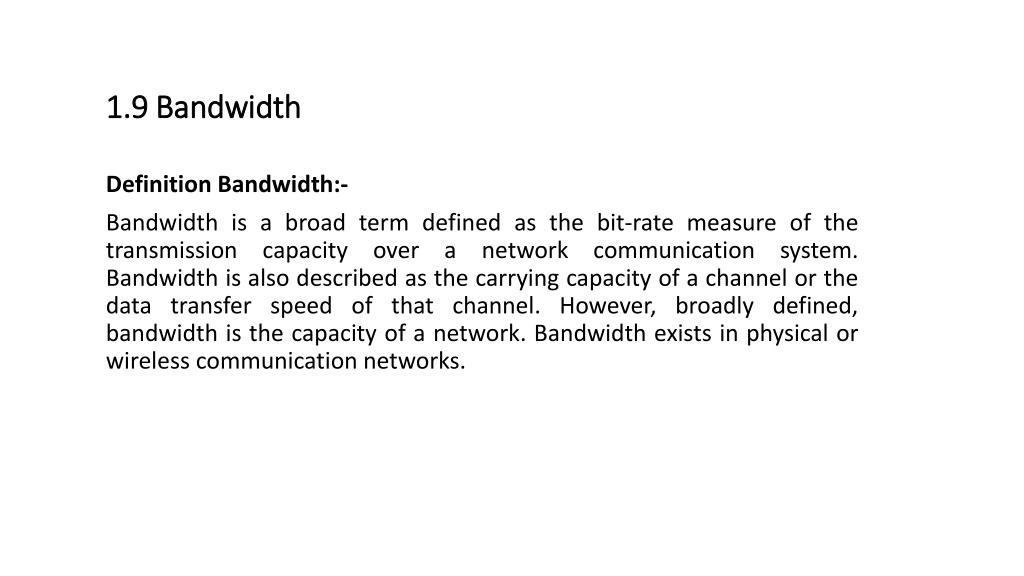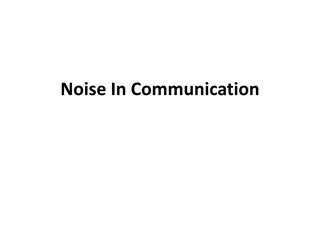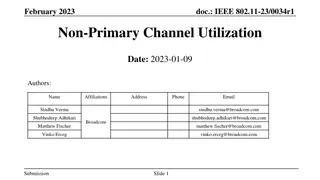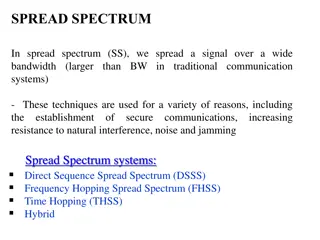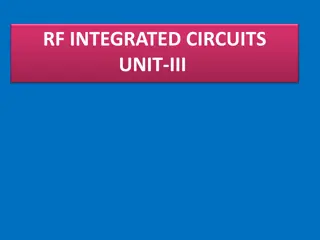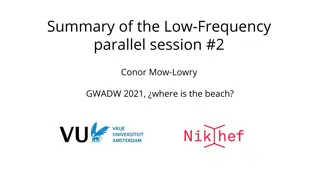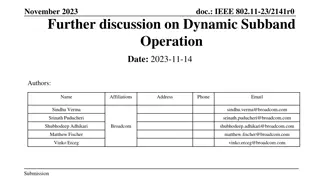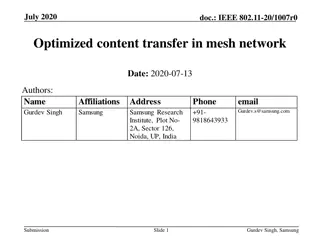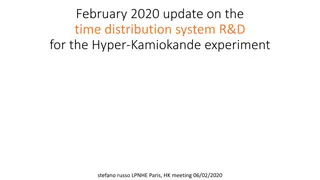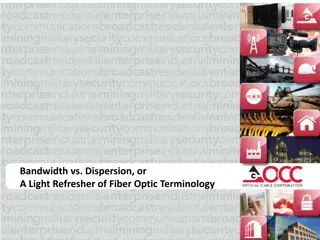Understanding Bandwidth, Channel Capacity, and Noise in Communication Networks
Bandwidth is a crucial aspect of network capacity, describing the data transfer speed and carrying capacity of a channel. Channel capacity involves factors like data rate, bandwidth, noise, and error rate. Noise sources include thermal noise, impulse noise, and delay distortion, impacting signal quality in communication systems.
Uploaded on Oct 06, 2024 | 0 Views
Download Presentation

Please find below an Image/Link to download the presentation.
The content on the website is provided AS IS for your information and personal use only. It may not be sold, licensed, or shared on other websites without obtaining consent from the author. Download presentation by click this link. If you encounter any issues during the download, it is possible that the publisher has removed the file from their server.
E N D
Presentation Transcript
1.9 1.9 Bandwidth Bandwidth Definition Bandwidth:- Bandwidth is a broad term defined as the bit-rate measure of the transmission capacity over a network Bandwidth is also described as the carrying capacity of a channel or the data transfer speed of that channel. However, broadly defined, bandwidth is the capacity of a network. Bandwidth exists in physical or wireless communication networks. communication system.
What does What does Bandwidth Bandwidth mean? mean?
Channel capacity Channel capacity There are four parameters involved in the evaluation of channel capacity. Data rate: The rate at which data can be transmitted. Measured in bits per second Bandwidth: The bandwidth of the transmitted signal. Measured in cycles per second (Hz). Noise: The average level of unwanted signals over communication path. Expressed as the ratio between signal and noise. Error rate: The rate at which error can occur.
1.10 1.10 Noise Noise
The following are some of them: Thermal noise: Due to thermal agitation of electrons. Present in all electronic devices and is the function of temperature. Impulse noise: Due to electromagnetic interference. They may be present in power lines, or in nature (lightning.. etc). Delay distortion: Due to non-uniform velocities of signals of different frequencies traveling in a guided media. Various frequencies of a message signal will arrive at different delays resulting in distortion.
